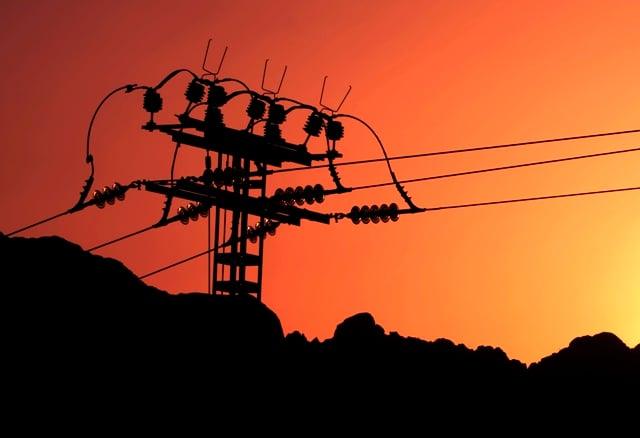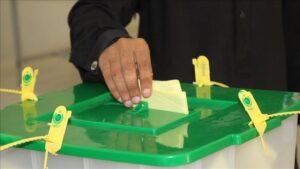The country has witnessed an increase in the installed capacity of the generation of electricity during the ongoing financial year 2024-25, which places an additional load for consumers.
Capacity payments have been the result of an increase in installed electricity generation capacity, which touched 46000 MW. Consumers have been paying RS 2.5 to RS 2.8 billion every year, which pay inactive plants that have not been producing a single unit.
According to the 2024-25 economic survey published here on Monday, as of July-March, the fiscal year 2015, the total power generation capacity of Pakistan was 46,605 MW, which reflects an increase of 1.6 percent compared to 45,888 MW registered during the corresponding period of FY2024.
The government said that this increase is mainly attributed to the addition of 2,813 MW through net measurement.
However, the Pakistan government finished the energy purchase agreements (PPA) with several independent energy producers (IPP), in a remarkable way, Power of Lalpir, Pakgen’s power, Rousch’s power, Saba’s power and Atlas Power, effective on October 1, 2024.
The percentage actions of the source generation capacity were: Hydel (24.4%), nuclear (7.8%), renewable (12.2%) and thermal (55.7%).
Although thermal power remains the dominant source, its participation has decreased in recent years, indicating a growing dependence on indigenous energy sources.
Of the total electricity generation of 90,145 GWh, the combined participation of sources of Hydel, Nuclear and renewable stood at 53.7 percent, highlighting a significant change towards more sustainable and ecological alternatives.
The energy sector remains a fundamental promoter of Pakistan’s economic and industrial development, influencing productivity, commercial competitiveness and quality of life.
During the first nine months of Fy2025 (July -Marzo), Pakistan continued to face challenges in affording, sustainability and security.
However, key reforms, capacity improvements and a changing energy mixture pointed out gradual progress towards a more resistant and diversified energy panorama.
As of March 2025, the total installed electricity generation capacity was 46,605 MW, which reflects a continuous change towards cleaner energy sources. Hydel, nuclear and renewable sources collectively represented 44.3 percent of the installed capacity, an improvement of previous years, while the participation of thermal energy decreased to 55.7 percent. In terms of electricity generation, Pakistan produced 90,145 GWh during July -Marzo of fiscal year 201025, with 53.7 percent generated by Hydel, Nuclear and Renewable sources.
This transition reflects a positive movement towards indigenous and environmental energy sources.
Sector consumption patterns show that the domestic sector remained the largest consumer, which represents almost half of the country’s electricity use. PPIB continued to play a fundamental role in qualifying for private sector participation in energy generation and transmission.
During the review period, key milestones were achieved, including the operationalization of the 884 MW Suki Kinari hydroelectric project, together with continuous progress in new solar projects, wind and bagasse.
As of March 2025, PPIB had facilitated 88 operational IPP with a cumulative capacity of 20,726 MW. The government approach in renewable and indigenous energy is evident in the project pipe, 84 percent comprises clean energy initiatives.
In the oil sector, national production remained limited, maintaining a high dependence on imports.
However, stable international prices of oil helped moderate the energy import invoice compared to the previous year.
The use of national refining capacity remained suboptimal, although efforts to attract investments in refinery improvements and the new capacity continued.
In the Natural Gas Front, the exhaustion of indigenous reserves remains a great concern. Without important discoveries, Pakistan was based more and more on LNG imports to meet domestic demand, especially in power and industrial sectors. In response, initiatives are being carried out to improve energy efficiency and expand the NLL supply chain infrastructure.
Coal continues to play an important role, especially through energy -based energy projects. The indigenization of coal energy is actively following, with several Thar -based plants that contribute to the national network.
However, environmental concerns and the need for adoption of clean technology remain key policy considerations.




